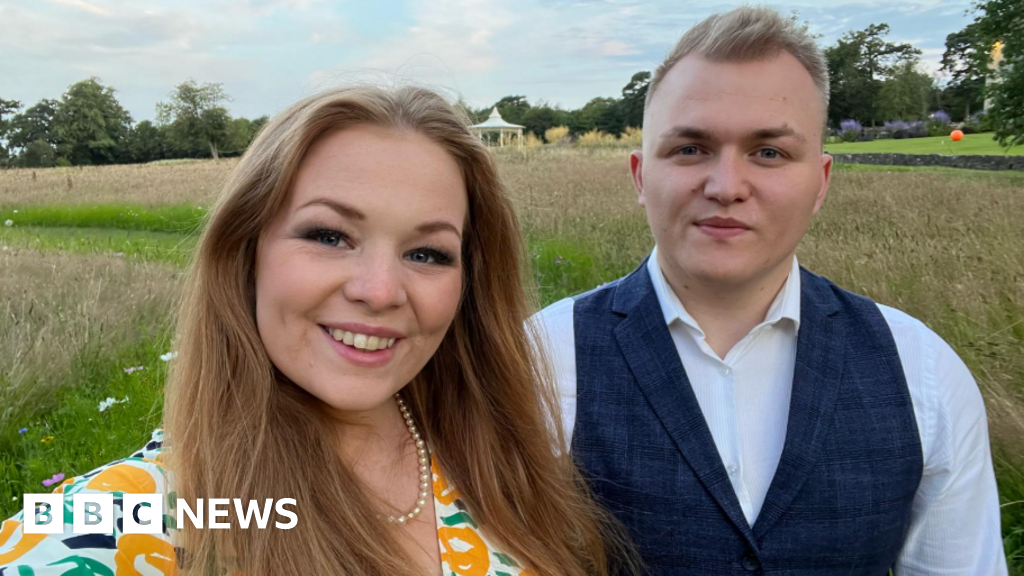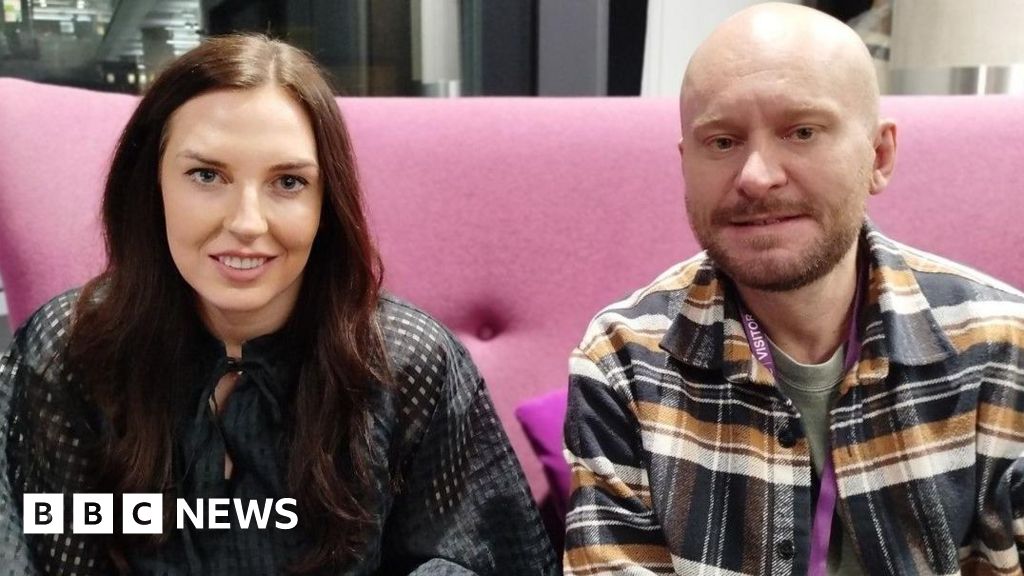
 Getty Images
Getty Images
A series of “humanitarian pauses” to fighting in Gaza are due to begin on Sunday, to allow hundreds of thousands of children to be vaccinated against polio.
The agreement comes after UN officials said a 10-month-old has been partially paralysed after contracting Gaza’s first recorded case of polio in 25 years.
What is polio and how does it spread?
Polio is a serious and highly infectious disease that largely affects children under five.
It is caused by a virus that spreads very easily through contact with the faeces (poo) of an infected person or, less commonly, through contaminated water or food.
Most people with the infection have no symptoms but some will have:
- a high temperature
- sore throat
- headache
- neck stiffness
- aching muscles
- stomach pain
- nausea
One in 200 infections lead to more serious problems, when the virus invades the brain and nervous system.
This can causes irreversible paralysis, usually of the legs.
It can happen within a matter of hours and some 5 to 10% of the people who are paralysed die because their breathing muscles become immobilised.
Why is polio back in Gaza?

 AFP
AFP
Humanitarian groups say the virus has re-emerged because the war between Israel and Hamas has disrupted regular child vaccination programmes. It has also caused massive damage to water and sanitation systems.
The WHO says immunisation rates in Gaza and the occupied West Bank were optimal before the conflict.
In 2022, polio vaccine coverage was estimated at 99% for two doses of vaccine. However, this has dropped to less than 90%, according to the latest data.
What is the plan to vaccinate children in Gaza?


The aim is to vaccinate some 640,000 children under the age of 10, the World Health Organization (WHO) says.
The roll-out will start in central Gaza on Sunday, with three consecutive daily pauses in fighting between 6am and 3pm local time.
It will then move to southern Gaza, where there will be another three-day pause, followed by northern Gaza.
According to UN officials, children who get the vaccine will need a second dose in late September.
Healthcare workers aim to achieve 95% vaccine coverage across the strip, the level needed to stop transmission of the virus within Gaza.
If this is not achieved there is an agreement for an additional humanitarian pause to allow a fourth day of vaccination.
About 1.3m doses of the novel oral polio vaccine type 2 (nOPV2) are already in Gaza, with 400,000 extra doses set to arrive soon.
Vaccinations will be carried out by UN staff and other local health workers. More than 2,000 health and community outreach workers have been trained to give the vaccine.
Vaccines will be available in hospitals, field hospitals and primary health centres.
According to the WHO, safe transport and refrigeration of the vaccines are crucial to the plan.
Where else in the world is polio found?


Poliovirus cases have fallen dramatically since 1988, when a global polio eradication initiative was launched. Many countries have not had cases of polio in many years.
But in two countries, Pakistan and Afghanistan, polio is still endemic, which means it has a constant presence.
There have also been outbreaks of poliovirus variants - strains related to the oral vaccine - in more than 30 countries around the world, particularly in areas where immunisation rates are low.
They include Chad, Cote d’Ivoire, DR Congo, Niger, Nigeria, South Sudan, Algeria, Angola, Indonesia.
The WHO says as long as a single child remains infected, children in all countries are at risk of getting polio, because the virus can easily be imported into a polio-free country.
How is polio prevented in the UK and other countries?


There is no cure for polio. It can only be prevented by vaccination, and vaccines must be given multiple times to protect a child for life.
There are two main types of vaccines available.
One is an oral vaccine that is given as drops and is effective and easy to administer.
The oral vaccine contains a live but weakened from of the virus. This replicates in the gut for a short time and activates the immune system so the body is ready to fight off polio if it encounters the virus again.
Rarely, the weakened vaccine-virus can pick up small genetic changes as it replicates. These rare changes can sometimes cause the virus to make people ill with polio - if it has the chance to spread to unvaccinated people.
In Gaza, a novel version of the oral vaccine will be given to help address this.
The other main form of polio vaccine is given by injection and contains inactivated polio virus. It has been used in the US and UK for the last two decades.
In the UK, the National Health Service offers five doses from the ages of eight weeks to 14 years as part of routine childhood jabs.
Because of vaccines, more than 20 million people who would otherwise have been paralysed are able to walk, according to the WHO.
Graphics by Visual Journalism Team

 3 months ago
34
3 months ago
34









